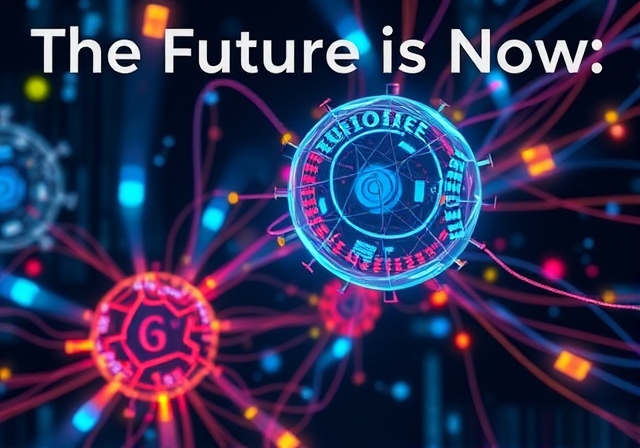As the world grapples with climate change and the depletion of natural resources, the call for sustainable solutions has never been louder. Enter green technology—a movement that blends innovation with environmental responsibility to pave the way for a sustainable future. This blog delves into the key innovations driving the green tech revolution and their transformative impact on the planet.
The Rise of Green Technology
Green technology, also known as sustainable technology, refers to the development and application of products, processes, and services that reduce environmental impact while promoting efficiency. Its adoption has been fueled by growing awareness of ecological issues and advancements in science and engineering. Governments, corporations, and individuals are increasingly embracing green tech as a crucial component of their sustainability strategies.
Innovations Shaping the Green Tech Landscape
- Renewable Energy Technologies Renewable energy is at the heart of green technology. Innovations in solar panels, wind turbines, and hydroelectric systems are making clean energy more accessible and affordable. Advanced solar cells with higher efficiency rates and offshore wind farms are two notable breakthroughs that are revolutionizing energy production.
- Electric Vehicles (EVs) and Green Mobility The transportation sector accounts for a significant share of global carbon emissions. Electric vehicles, along with innovations in battery technology, are offering a cleaner alternative to traditional fossil-fuel-powered cars. Companies are also exploring hydrogen-powered vehicles and autonomous public transport systems to further reduce emissions.
- Smart Grids and Energy Storage Smart grids integrate digital technology to manage electricity flow efficiently, reducing waste and optimizing energy use. Coupled with advancements in energy storage—such as lithium-ion and solid-state batteries—smart grids enable the consistent availability of renewable energy.
- Circular Economy Practices The circular economy emphasizes reusing, recycling, and reducing waste. Green tech innovations in this space include biodegradable materials, upcycled products, and advanced recycling techniques that recover valuable resources from electronic waste.
- Sustainable Agriculture Precision farming, vertical gardens, and genetically modified crops are transforming agriculture. These technologies maximize yield while minimizing water usage, pesticide reliance, and land degradation. Innovations such as drone monitoring and AI-driven analytics are enabling farmers to make data-informed decisions.
- Green Building and Construction Sustainable architecture focuses on reducing the carbon footprint of buildings. Innovations such as energy-efficient HVAC systems, green roofs, and sustainable building materials (like cross-laminated timber) are creating eco-friendly spaces that consume less energy.
The Impact of Green Tech
Green technology is more than just a trend; it’s a necessity for the future of our planet. By reducing greenhouse gas emissions, conserving natural resources, and promoting economic growth through green jobs, it addresses multiple global challenges. For instance:
- Environmental Benefits: Decreased pollution and preservation of ecosystems.
- Economic Growth: A surge in demand for green tech solutions is creating new industries and job opportunities.
- Improved Quality of Life: Access to clean energy and sustainable resources enhances living standards worldwide.
Challenges to Overcome
Despite its promise, green technology faces hurdles such as high initial costs, resistance to change, and a lack of supportive policies in some regions. However, ongoing research, innovation, and global cooperation can help overcome these barriers.
Conclusion
The green tech revolution is more than just an answer to climate change; it is a blueprint for a sustainable future. As innovations continue to reshape industries and lifestyles, embracing green technology is not just an option but a responsibility for individuals, businesses, and governments alike. Together, we can drive the change needed to ensure a healthier, greener planet for generations to come.







